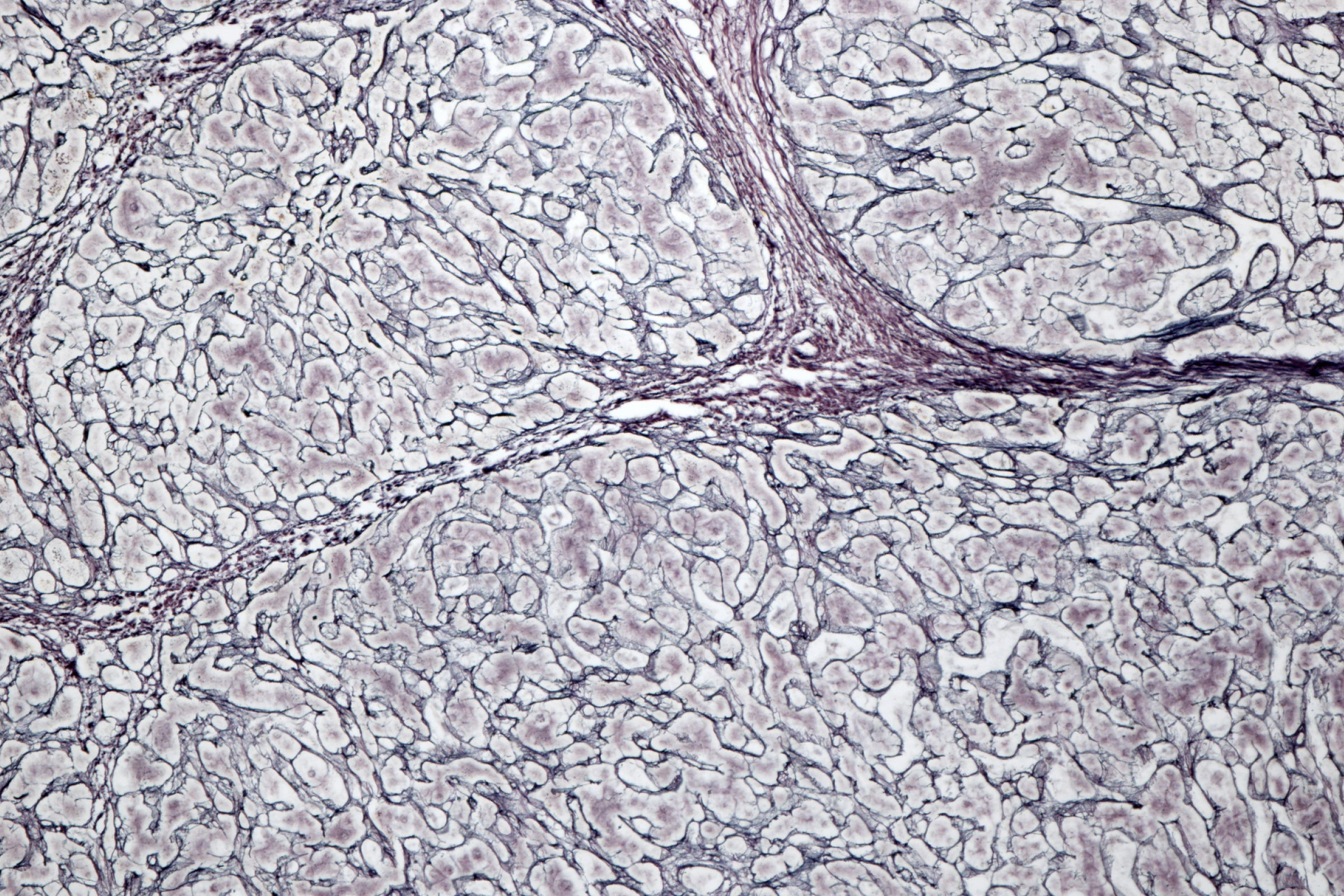
NAD+ Liver Depletion is Linked to Alcohol-Related Liver Disease in Humans
A new study recently published in Hepatology Communications and conducted by investigators from The University of Birmingham, its affiliated hospital, and the University of Iowa, found that NAD+ levels were significantly reduced in liver samples obtained from those undergoing transplant surgery for alcohol-related liver disease (ARLD), suggesting that NAD+ may play a critical role in mitigating liver damage.
A New Twist on The Trouble With Alcohol
Alcohol is a known toxin for the liver, and is now the most common reason for liver transplants in the US. However, ARLD is a highly heterogeneous disease, with some people developing fatty liver, others developing additional severe liver inflammation, and other livers not developing chronic disease. One potential factor may be levels of NAD+.
NAD+, a molecule which powers all cells, has been identified as a coenzyme that plays an essential role in maintaining liver function [1,2]. In order to be metabolized and prevented from wreaking havoc, alcohol requires ample oxidizing agents like NAD+.
While animal models have shown that maintaining NAD+ levels can protect from metabolic stress-induced conditions [3-6], such as diet and alcohol-induced fatty liver, never before has this been demonstrated in humans. Until now, human liver NAD+ levels had not been measured from actual patients, thus correlating liver disease or dysfunction with liver NAD+ levels was only speculated and hypothesized from cell culture and animal models
NAD+ Levels are Significantly Decreased in ARLD
A total of 72 human liver specimens from those undergoing transplants for ARLD were analyzed for several components of the NADome (small molecules associated with NAD+), as well as oxidative stress markers, and histological markers of disease. Levels of NAD+ and its precursors (like Nicotinamide Riboside, NR) were shown to be significantly lower in those livers with more severe alcohol-related disease, and especially in those that had developed the combination of fatty liver and inflammation, known as steatohepatitis.
Lower NAD+ levels were also strongly associated with higher bilirubin levels, which is a marker of liver damage that causes jaundice in those with liver disease, as well as with levels of myeloperoxidase, a marker of inflammation.
While this study doesn’t prove that maintaining higher NAD+ levels protects against liver disease, it does definitively show that NAD+ levels are significantly decreased in ARLD livers in comparison to normal healthy liver tissue.
As the principal investigator of the study Dr. Charles Brenner described this research, “these findings from patients with alcohol-induced liver disease are very consistent with our earlier work in animal models, and further reinforce the important role of maintaining NAD+ status in supporting liver function. Nutritional strategies that maintain or restore liver NAD+ levels in these patients represents a potentially viable treatment approach in these patients.”
Perhaps maintaining higher NAD+ levels throughout the body, with an NAD+ precursor such as NR, may help protect the liver and/or reduce disease severity. However, more research, including clinical trials are necessary before this can be established for certain.
